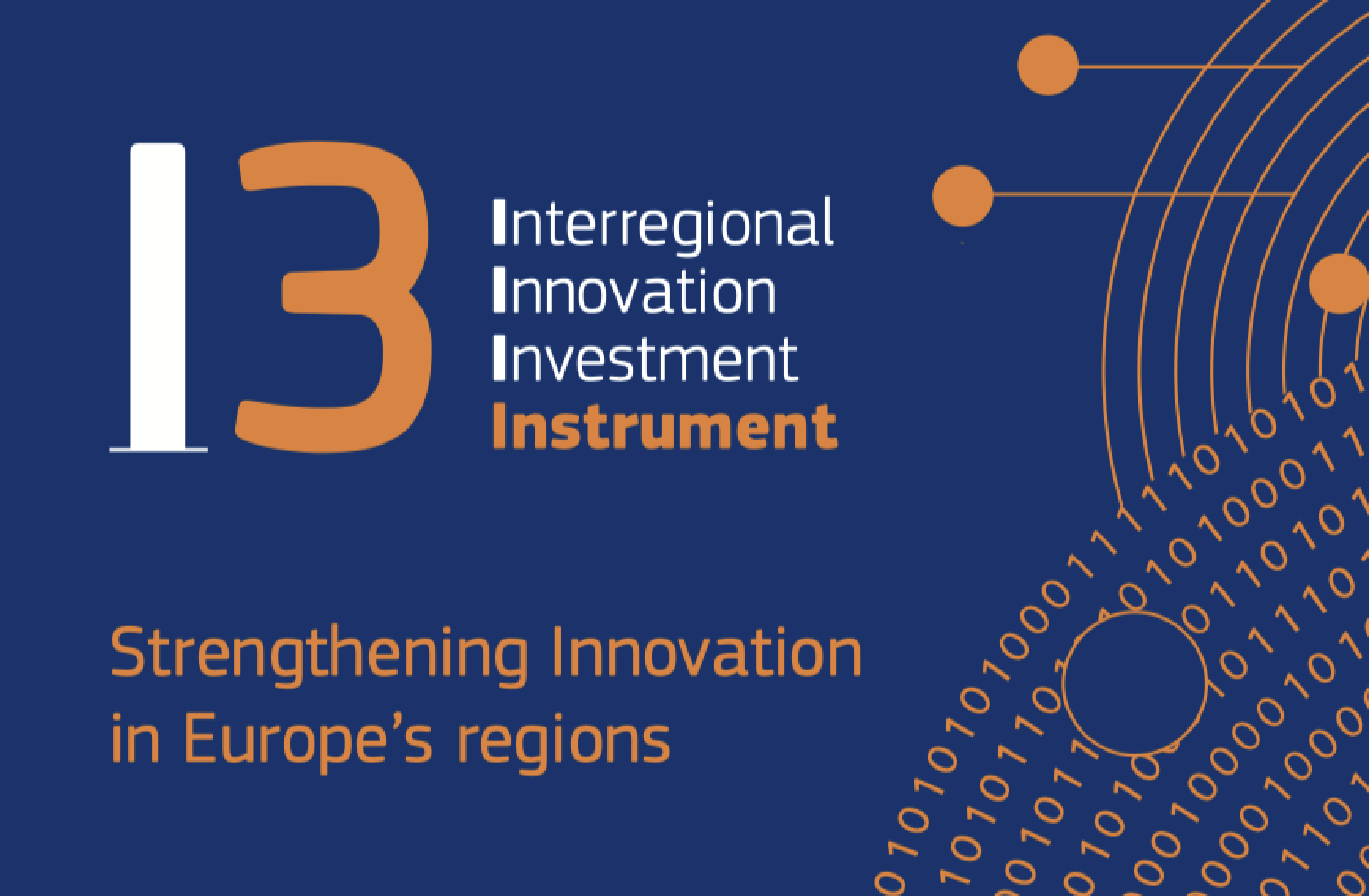


A 3-D printing project, a cybersecurity project, or one on marine renewable energy or the bio-economy are just a few of the countless possibilities for interregional cooperation emerging throughout the EU and beyond.
Local and national public administrations are often involved, striving to create a supportive environment to strengthen technological development and innovation. What challenges do all these actors face, and have they always had the opportunity to fund their joint projects effectively?
The crucial role of interregional cooperation
Bringing together and supporting innovation actors, businesses, research, civil society, and public administration is at the core of the European Regional Development Fund (ERDF) support.
Along with ERDF, smart specialisation strategies have been a key driver of innovation and competitiveness. As national or regional innovation strategies, they set priorities for building competitive advantages in the Member States and regions by developing local research and innovation strengths and matching them to business needs.
These strategies have further encouraged and created a culture of collaborative participation, engagement, and commitment from academia, the private sector, and governments, locally and across the EU.
This was especially evident in 2014-2020, when cooperation led to the creation of numerous EU-wide smart specialisation partnerships in areas such as personalised medicine, photonics, hydrogen technologies and advanced battery materials. Of course, partnerships and the building of value chains know no boundaries, and the interregional dimension has become a key determinant. The European Commission has also encouraged regions and innovation actors across the EU to build placed based innovation eco-systems and strategic partnerships.
However, it has turned out that it can be challenging for the innovation actors to move beyond networking and planning and towards joint innovation investments, especially in less developed regions with weaker managerial capacities. It is also difficult to provide EU funding from programmes under the management of more than one region or Member State, not least because of the complexity of grant arrangements and state aid rules.
Often, the co-funding of joint innovation investment projects where funds are available in different EU regions and with a different timing remains impossible.
Following a bottom-up approach and benefitting from all stakeholders of the quadruple helix, a Public Consultation was carried out in 2020 contributed to identify the investment areas and the market barriers to be addressed and to specify the type of support that should be mobilised, including the role of regional managing authorities.
The public input is complemented by the work of the Commission I3 expert group, which consists of members of umbrella organisations for regions, research & innovation and industry and representatives from the Member States.
A tool for commercialisation and scaling up
All that spurred the European Commission to take action. The new regulation for ERDF in 2021-2027 introduced support for interregional innovation investments. This support, through the Interregional Innovation Investments instrument (I3), brings together researchers, businesses, civil society and public administrations.
Supported projects have to align with national or regional smart specialisation strategies and EU key political priorities (green and digital transition), allowing cooperation between countries and regions within the shared objectives.
This approach will enable partnerships to obtain financing from one source, with one set of rules, thus ensuring a smooth path to commercialisation and the scaling up of their joint innovation investment projects.
Creating linkages between less developed regions and lead regions
I3 has a budget of €570 million. The instrument will encourage the development of European value chains with a strong cohesion dimension as at least half of its budget will be dedicated to less developed regions. The I3 instrument supports interregional innovation projects in their commercialisation and scale-up phases, giving them the support to bring their project to the investment level.
In synergy with other programmes at the national and European levels, like Interreg Europe, Horizon Europe and the Single Market programme, it will mobilise additional investments and enhance cooperation among partners from the different Member States.
The first I3 Calls for proposals, with a budget of €145 million, were published in November 2021. The Calls reflect EU-wide policy priorities, focusing on digital, green transition and smart manufacturing. These areas will be further refined based on the experience and feedback gained during the first two years of implementation.
The current I3 Calls provide financial and advisory support for investments in interregional innovation projects with a specific emphasis on SMEs and startups. Special attention is focused on the capacity of regional innovation eco-systems in less developed, transition and outermost EU regions to participate in global value chains and the capacity to participate in partnerships with other regions.
How to apply for funding
The I3 instrument is implemented under direct management by the European Innovation Council and SMEs Executive Agency (EISMEA). All information about the Calls and the application links are available on the EISMEA website.
The first deadline for applications in February showed considerable interest in this instrument. As a result, an additional cut-off date for submitting applications to the I3 Call has been added (20 April 2022) for applicants where the leading partner is from a less developed, transition or outermost EU region/country.
Find out more: